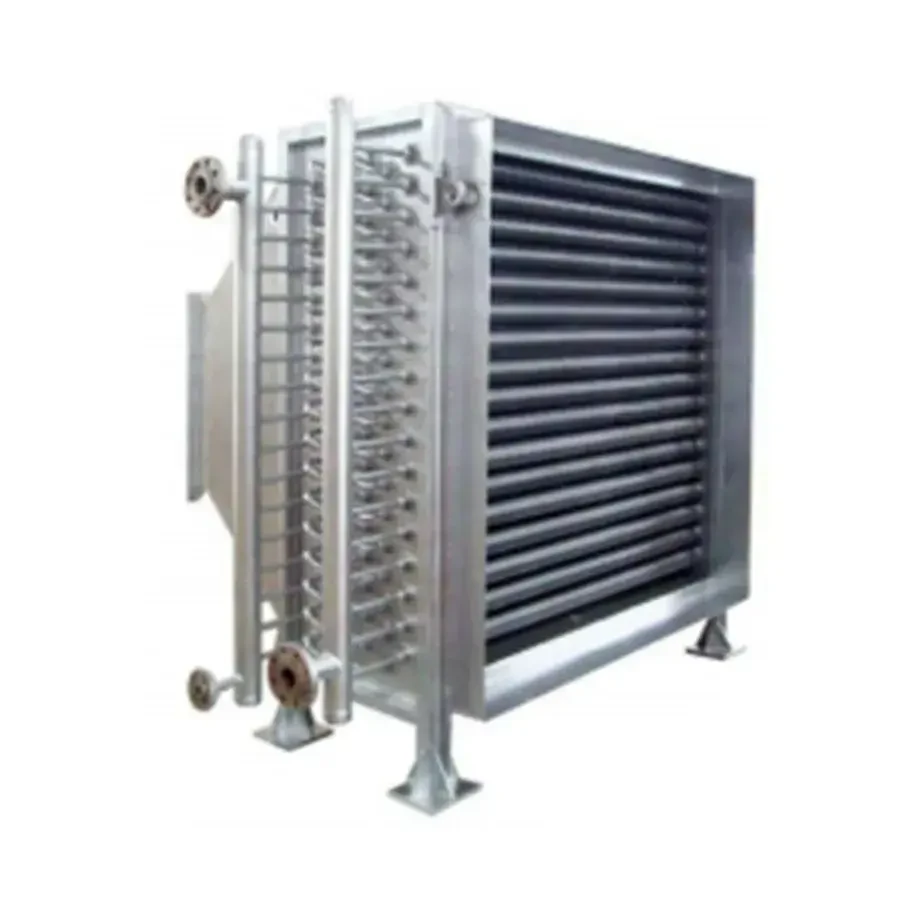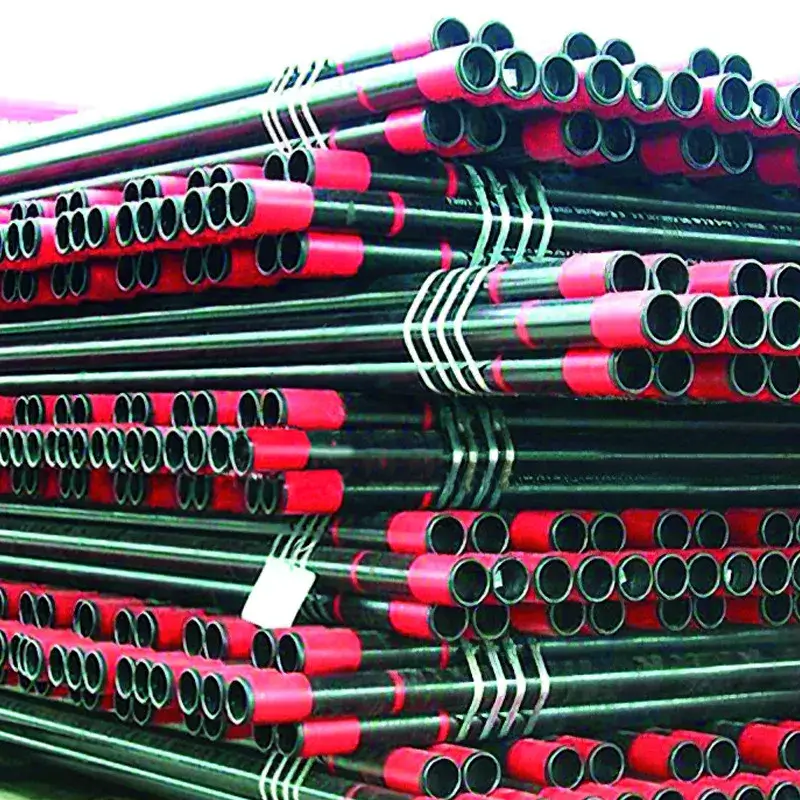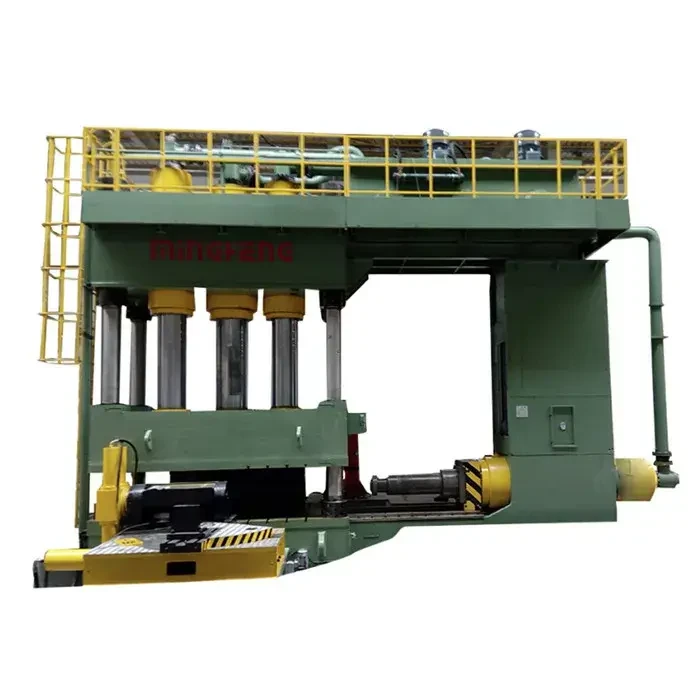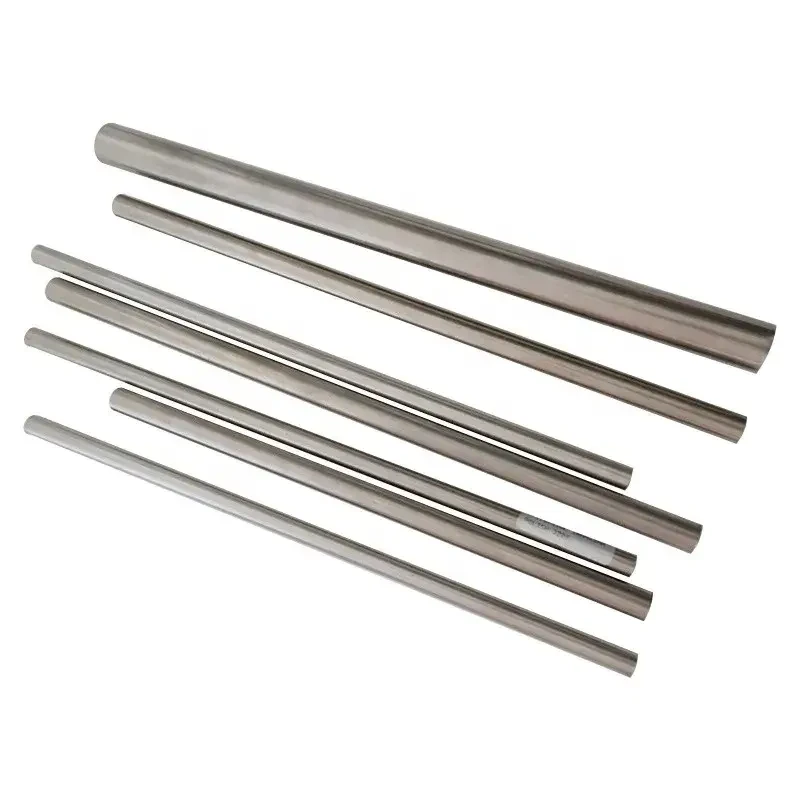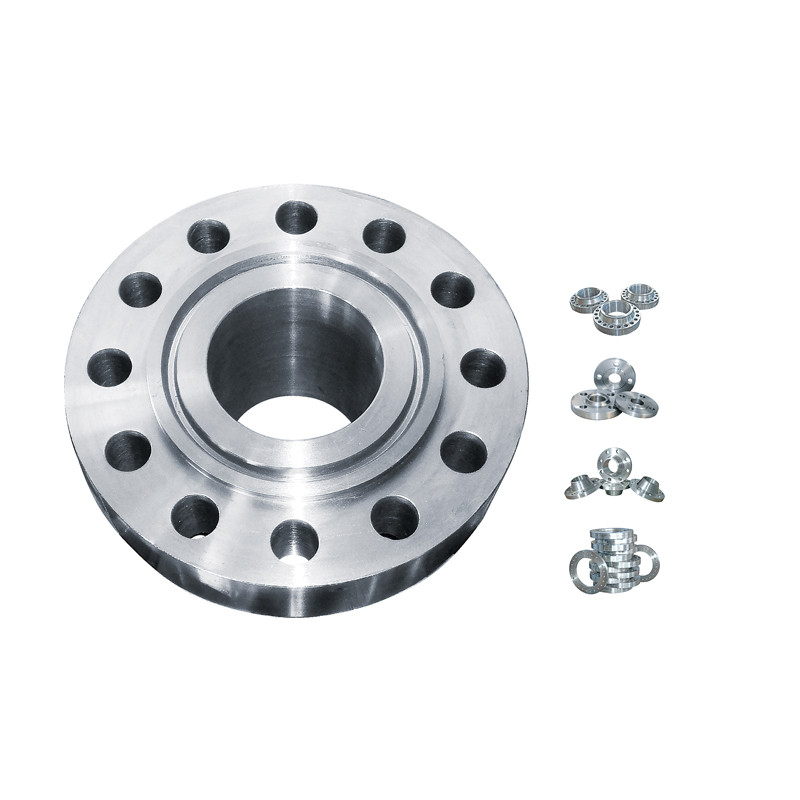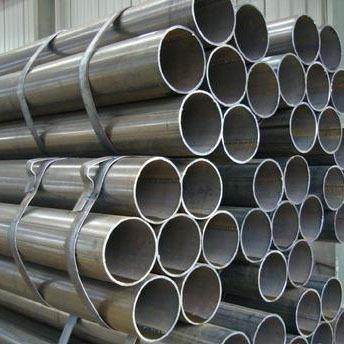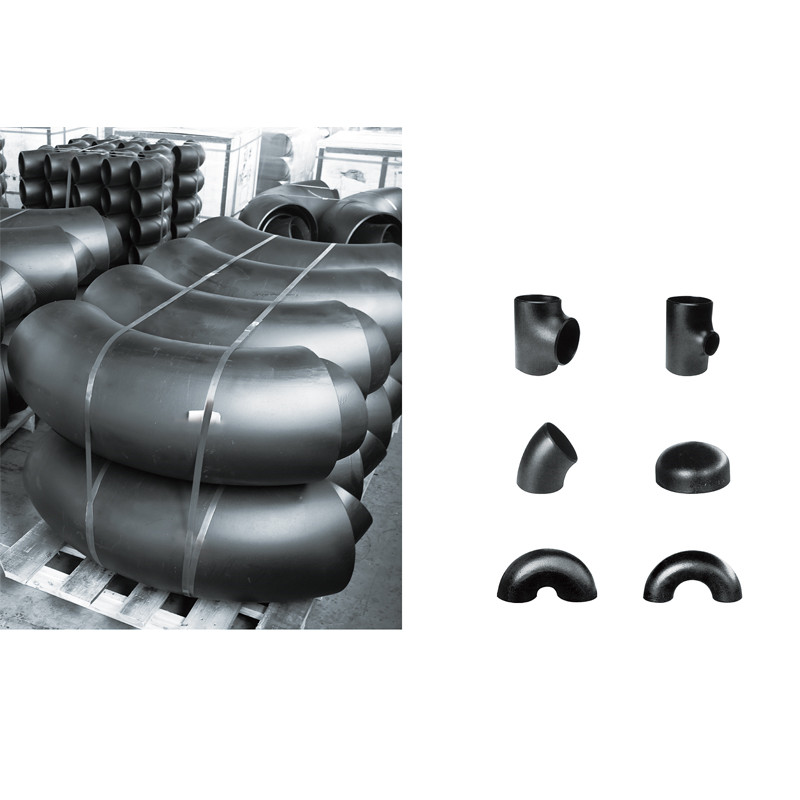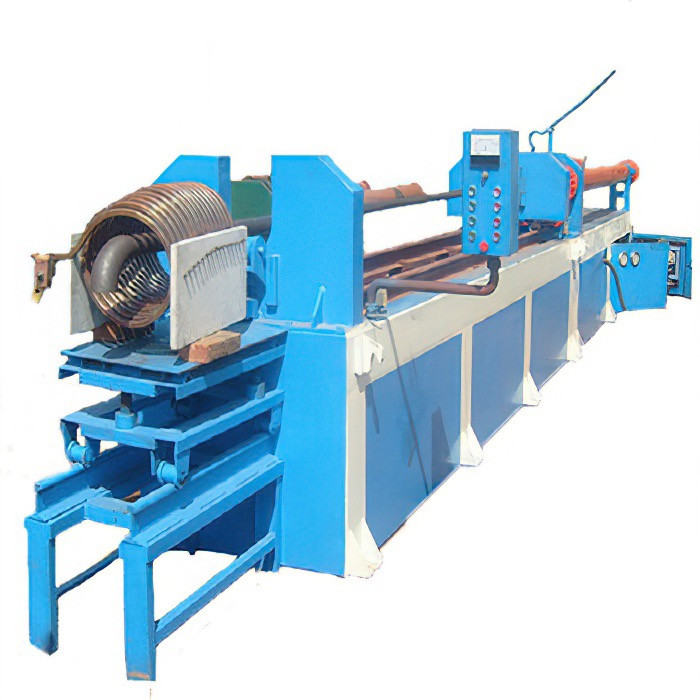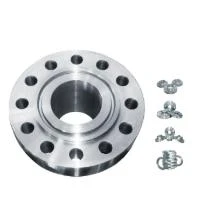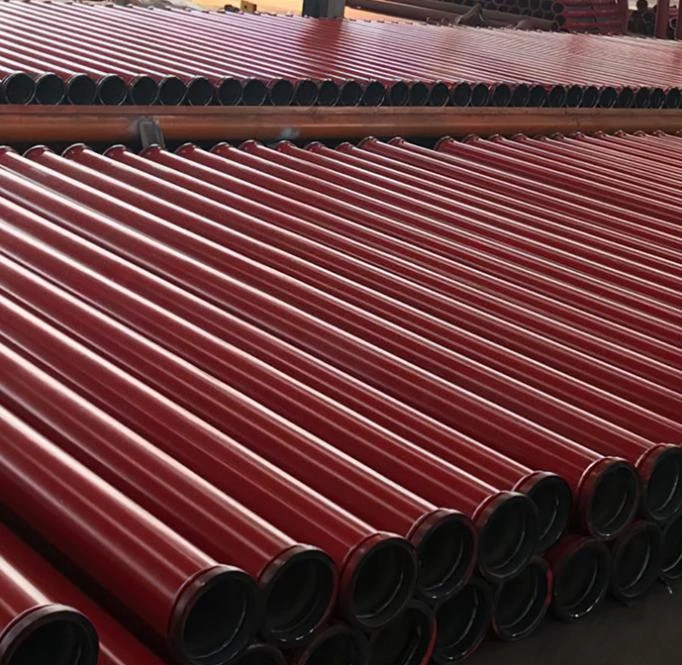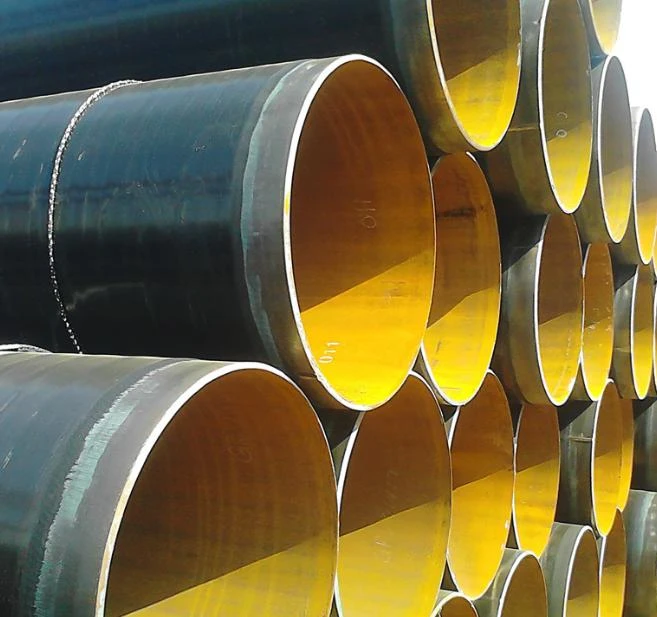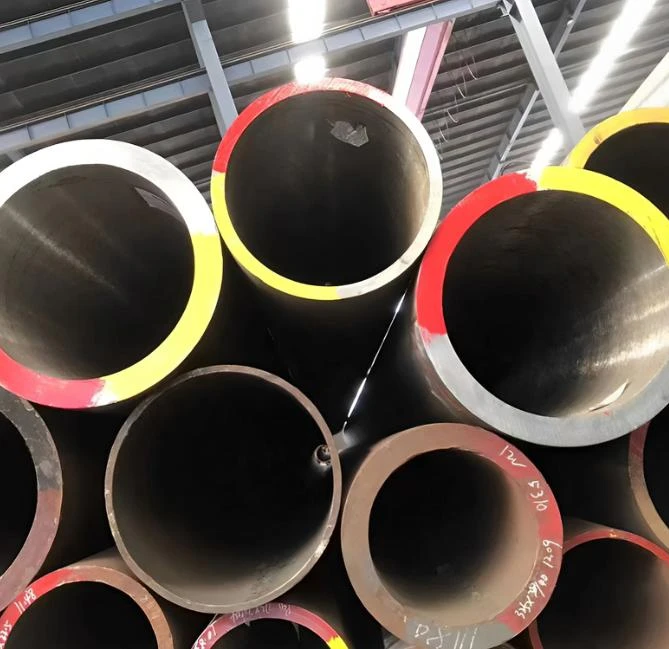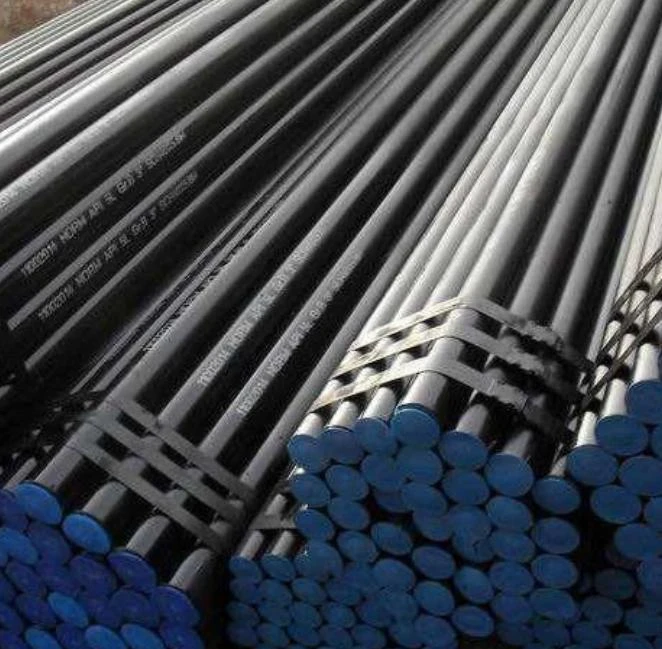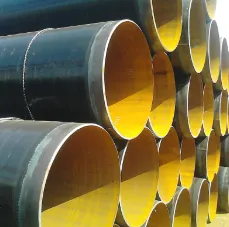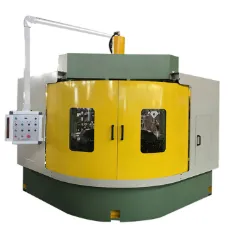In the rapidly evolving steel piping sector, the galvanized welded steel pipe stands out for its durability, versatility, and enhanced corrosion resistance. With its growing demand in sectors such as petrochemicals, metallurgy, construction, and water supply, understanding its technical nuances is crucial for suppliers, contractors, and end-users alike.
This article offers a deep dive into the key technical parameters, industry trends, comparative analysis with alternative solutions (like weldable steel pipe, carbon pipe welding, and welded ERW pipe), and real-world use cases. We incorporate authoritative industry data, up-to-date specifications, and expert commentary tailored for decision-makers.
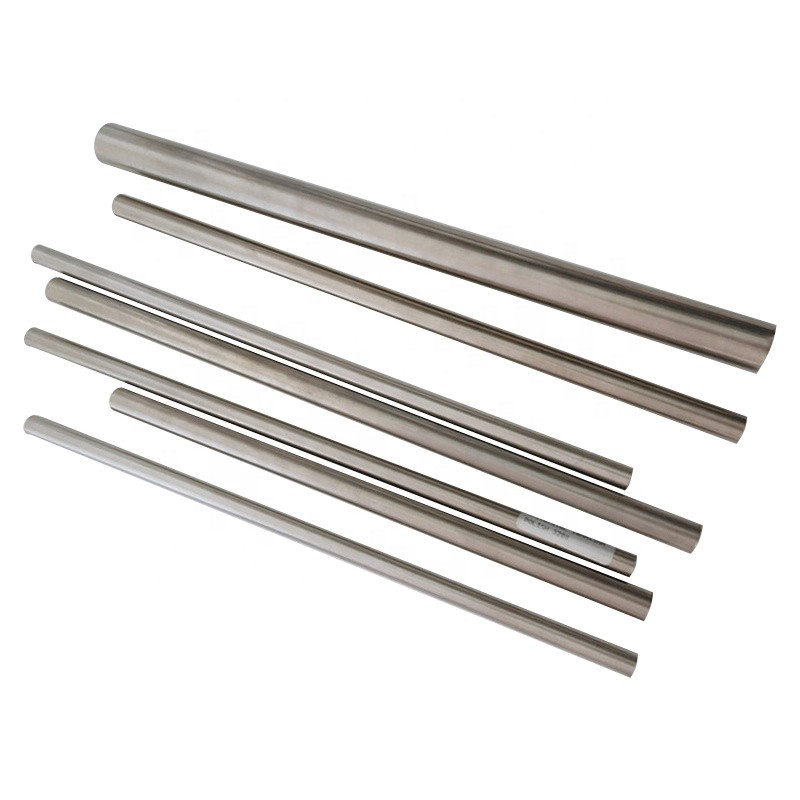
Industry Trends and Market Overview of Galvanized Welded Steel Pipe
Current industry data indicates a sharp uptick in demand for galvanized welded steel pipe worldwide. According to a 2024 report by MarketsandMarkets[1], the global market size for welded steel pipes is expected to reach $90 billion by 2027, growing at a CAGR of 5.4%. Among all welded pipe categories, galvanized variants are particularly favored for use in aggressive environments, owing to their zinc coating which provides robust corrosion resistance and longevity.
Key industrial applications: oil & gas transmission, water supply systems, structural steel frameworks, bridges, shipbuilding, and chemical industries. The sustainability angle—recyclability, energy efficiency in production, and compliance with modern green standards—drives OEM adoption even further.
What Is a Galvanized Welded Steel Pipe? Technical Fundamentals and Structure
- Galvanized Welded Steel Pipe: A welded steel pipe that has been hot-dip galvanized or electro-galvanized, forming a uniform zinc layer adhering metallurgically to both the outside and inside of the pipe, drastically improving corrosion resistance.
- Welded ERW Pipe: 'ERW' stands for Electric Resistance Welding—a cost-effective process delivering high-quality longitudinal seams.
- Weldable Steel Pipe: Piping specifically produced using low-alloy carbon, readily suitable for welding/fabrication projects.
- Carbon Pipe Welding: The welding of carbon steel pipes, primarily used in high-stress chemical, power, and water projects.
- Welded Steel Pipe: Encompasses all pipes produced with welded seams, including techniques such as ERW, LSAW (Longitudinal Submerged Arc Welding), and SSAW.
Manufacturing Process Flowchart: Galvanized Welded Steel Pipe
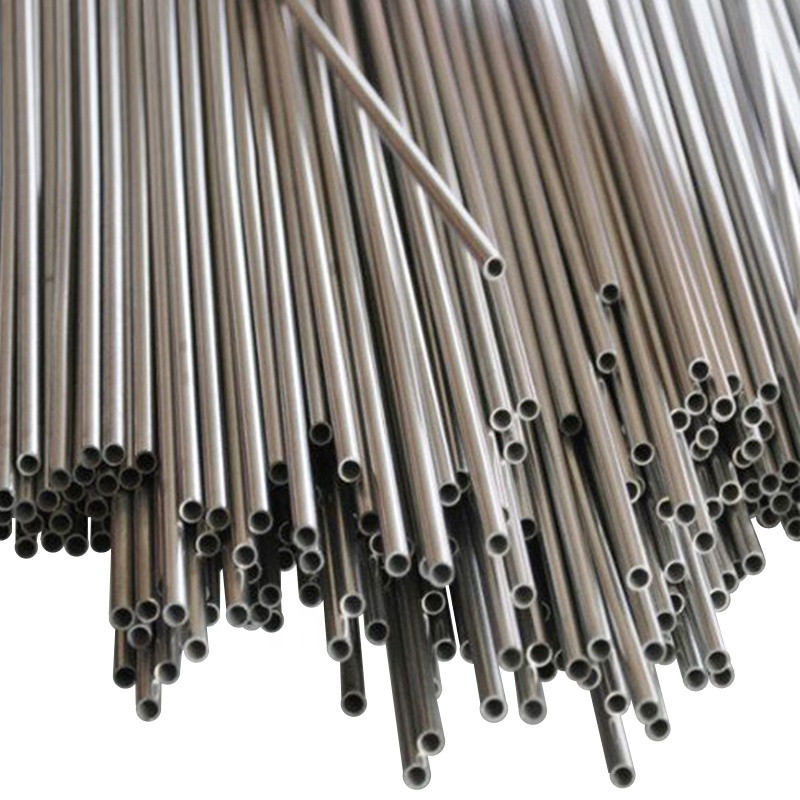
- Steel Coil Preparation: High-quality carbon or low-alloy steel coils selected (Material: Q235, Q345, ASTM A53, API 5L, etc.).
- Uncoiling & Flattening: Coils are uncoiled, leveled, and slit into strips per required pipe diameter.
- Tube Forming: Strips are formed into tubular shapes using high-frequency ERW forming mills.
- Welding: Longitudinal seam is welded using ERW (Electric Resistance Welding) technology, meeting ISO 3183, API 5L seam integrity standards.
- Galvanizing: Welded pipe is immersed in zinc bath at 450°C (hot-dip galvanizing) or galvanized via electroplating.
- Non-Destructive Testing: Ultrasonic, hydrostatic, and eddy current inspection to assure welds meet ANSI/ISO/FDA spec.
- Cutting & End Finishing: Pipes cut to length, ends threaded/flanged as required.
- Packing & Shipping: Pipes bundled, capped, labeled, and dispatched to clients globally.
Technical Specifications and Parameter Comparison
| Parameter | Specification | Test Standard | Comments |
|---|---|---|---|
| Diameter Range | 1/2"–24" (21.3–610 mm) | ASTM A53/B, EN 10219 | Customizable based on application |
| Wall Thickness | 1.5–14 mm (SCH10–SCH80) | ANSI B36.10 | Can withstand high pressure |
| Base Material | Carbon Steel (Q235, Q345, ASTM A53/500, API 5L, S235JR, S355JR, ST37/ST52) | ISO 3183/API 5L | Low alloy available per project spec |
| Welding Technology | ERW (Electric Resistance Welded), LSAW, SSAW | API 5L/EN 10219 | Longitudinal seam, high integrity |
| Zinc Coating | 60–600 g/m² | ISO 1461/ASTM A123 | Hot-dipped standard, custom thickness |
| Length | 5.8 m, 6 m, 12 m, or custom | Mill test certificate | Project/site requirements |
| Working Pressure | ≤ 10 MPa (varies by wall/thickness) | EN 10216-2/ASTM A53 | Suitable for water/oil/gas |
| Service Life | ≥ 30 years (outdoor, mild env.) | ISO 9223 | Extends with higher zinc |
Technical Comparison:
The chart shown compares Galvanized Welded Steel Pipe, Weldable Steel Pipe, and Carbon Pipe Welding by three key metrics:
- Corrosion Resistance (Zinc Layer Benefit)
- Weld Seam Integrity (ERW vs manual welding)
- Service Life (industry field data)
Application Scenarios and Industry Case Studies
- Oil & Gas Pipelines: Widely used due to mechanical strength, weld integrity, and outer zinc coating. Provides 20–25% lower maintenance costs as mentioned in OGJ studies.
- Water Supply & Sewerage: Ideal in municipal water delivery and pressure pipelines, with leak rates below 1% in well-welded projects.
- Fire Protection & Sprinkler Networks: Standard-compliant for ISO/UL listed systems, providing a >30-year safe operation cycle.
- Structural Engineering: For scaffolding, bridges, stadium frameworks where corrosion and weld performance are critical.
- Petrochemical Industry: Meets the exacting demands of aggressive chemicals, confirmed through field case studies released by AIChE.

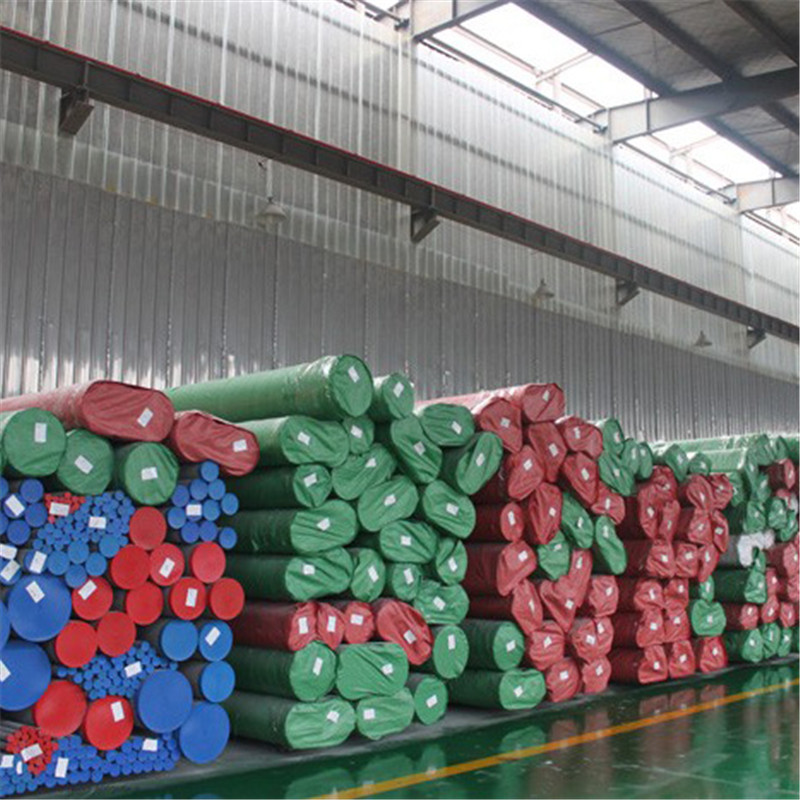
Featured Application Case – Asian Water Conservancy Project (2023):
Over 14km of galvanized welded steel pipe (DN500–DN800) supplied, ensuring sustainable operation with zero failure reported over a year. Project specifications required:
- Wall thickness: 8.8–11 mm; zinc coating > 350g/m²
- Complied with ISO 9001/14001; independently lab-tested (intergranular corrosion
- Full engineering support: design assistance, on-site welding training, post-installation inspection
Competitive Advantage: Why Choose Our Welded ERW Steel Pipe?
- Material Quality: Strict selection of high-grade carbon steel; mill certification provided.
- Advanced ERW Welding: Guarantees uniform longitudinal seam, superior to manual welding (X-ray/ultrasound verifiable).
- Uniform Galvanizing: Automated zinc bath immersion, thickness tested to ISO/AWWA/FDA standards.
- Comprehensive Test Regime: Each batch tested hydrostatically (100%), eddy current, dimensional, and visual inspection.
- Industry Certification: ISO 9001/14001, API 5L, CE, PED, TUV Rheinland.
- Custom Options: Application-tailored grade, coating, dimensions; expert technical support.
- Lifecycle Cost-Effectiveness: Extended service (≥30 years), low lifecycle maintenance expenses.

Vendor Comparison & Customization Strategies
| Vendor | Zinc Coating Range | Standard Compliance | Delivery Lead (days) | Customization | Certifications |
|---|---|---|---|---|---|
| World-Steelmaterial | 60–600 g/m² (selectable) | ISO, ASTM, API, DIN | 15–30 | Yes (all specs) | ISO, API, PED, CE |
| Other Asia | 40–380 g/m² | ASTM, API | 24–45 | Limited | API, ISO |
| Europe | 80–450 g/m² | EN/DIN, ISO | 20–40 | Some options | CE, TUV |
Custom Solutions & Engineering Support
- Product Engineering: Material selection advice, design calculations, and technical submittals provided.
- On-Demand Production: Projects supported with flexible order volumes, non-standard dimensions, special-end preparation, and high-thickness zinc coatings.
- Turnkey Assistance: Weld training, installation guidance, and 24/7 online service.
Customer Feedback & Real-World Results
- European Construction Group (2022): “Delivered on time, pipes matched EN 10219 and performed above expectations; zinc layer uniformity test results averaged 366 g/m² (ISO 1461), weld seams x-ray tested with no defects.”
- Petrochemical Client, MEA (2023): “Lowered scheduled maintenance by 36% year-on-year; reliable field support and rapid delivery.”
Data Visualization: Product Performance & Market Breakdown
FAQs: Professional FAQ
- 1. What base material is used in galvanized welded steel pipe?
- Typically, high-grade carbon steel such as Q235, Q345, ASTM A53/A500, or EN S235JR/S355JR. For special requirements, low-alloy steel or specific grades for pressure applications are selectable.
- 2. What industry standards govern welded ERW steel pipe?
- Key standards include ISO 3183, ASTM A53/A500/A795, EN 10219/10255, API 5L, and DIN 2440. Choice of standard relates to end-use and regulatory environment.
- 3. How is zinc coating thickness measured and why is it important?
- Measured by gravimetric or magnetic methods (ISO 1461, ASTM A123), specified in g/m². Sufficient coating prevents red rust, extending service life notably in coastal or industrial zones.
- 4. What is the tensile strength of standard galvanized welded pipes?
- Usually 350–490 MPa, depending on steel grade (e.g., S355JR 470–630 MPa). Elongation and yield point are provided in mill certificates.
- 5. What are recommended installation and welding practices?
- Use certified welders, follow EN/ASME welding codes. For ERW pipes, field welds may be required for joints – pre/post-weld zinc touch-up must be applied at the joint per ISO 14654. Clean, dry fits critical for leak-proof assembly.
- 6. How can leakage and failure be prevented over decades?
- Choose pipe with verified weld integrity, optimal zinc coverage, correct dimensioning, and certified pre-shipment inspection. Regular onsite testing recommended.
- 7. Is third-party inspection or factory visit available?
- Absolutely; pre-shipment test witnessed by SGS, BV, or TUV can be arranged. Our company also welcomes client audits and inspects full QC records before dispatch.
Delivery, Warranty, and Customer Support
- Delivery Time: 15–30 business days (standard), expedited possible for urgent projects upon request.
- Warranty: 10 years against defects. Free replacement/repair if manufacturing/factory issue confirmed.
- Post-Sale Support: 7×24 technical consultation, project follow-up, weld training, and onsite problem-solving where required.
- Documentation: Each shipment comes with test certificates, mill reports, and customs compliance records.
[1] “Steel Pipes Market by Type – Global Forecast 2024–2027”, MarketsandMarkets, https://www.marketsandmarkets.com/Market-Reports/steel-pipes-tubes-market-947.html
OGJ Pipeline Corrosion Costs: https://www.ogj.com/pipelines-transportation/article/14184791/pipeline-corrosion-costs
AIChE Case Study – Avoiding Corrosion Failures in Chemical Pipeline Systems: https://www.aiche.org/resources/publications/cep/2019/november/avoiding-corrosion-failures-chemical-pipeline-systems
Post time: Ago . 04, 2025 11:20


